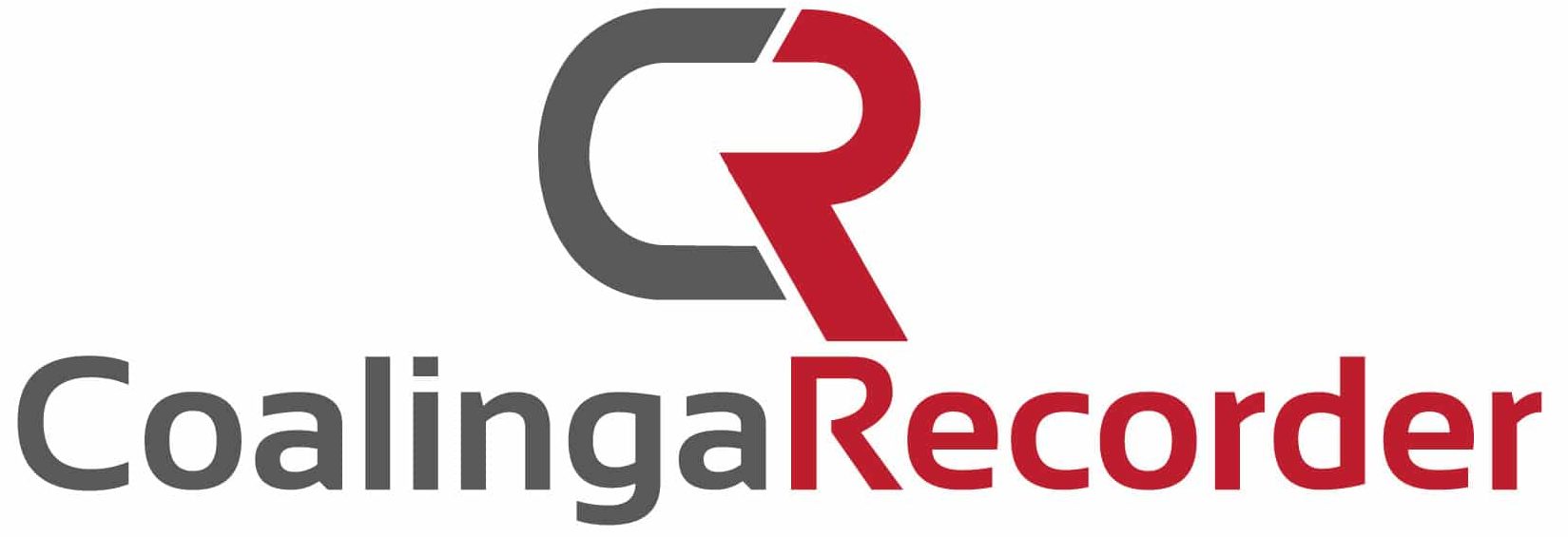
What does automation bring to the table?
The advent of automation brings about the capacity for industries to automate repetitive tasks which can be performed faster and effectively at lower costs. As robotics becomes the new norm in industrial manufacturing, e-commerce, and distribution, businesses will have to rethink the roles of the workforce in this kind of working environment.
How automation is affecting the job market
We all know that robots have taken up some tasks in the manufacturing industry, e.g. automotive industry; more jobs are going to be eliminated and new ones created for the human workforce. In a 2017 U.K study, it was concluded that robotics and AI are going to create new jobs instead of eliminating existing ones. A report by the McKinsey Global Institute agrees that more occupations are going to change as machines take over most jobs, but at the same times, the increasing robotic jobs will mean human work will also add accordingly.
Nowadays, robots are used to handle the hazardous and repetitive jobs that are monotonous for humans to work on. But there are still tasks that require human finesse that machines cannot work on. New jobs are now being embraced by humans to bring about creative and dynamic roles compared to the traditional roles. What does this translate to for the workforce of the future?
How are students preparing to handle the new job environment
Bill Bronchick suggests that young people are looking at their career trajectories in a different light. McKinsey estimates that approximately 14% of the global workforce will shift to new job roles by 2030. For instance, in manufacturing, there will be a changing environment on job responsibilities, functions, and operations. Human workers will not be part of the production cycle; they will be responsible for conceptualizing designs on how to achieve higher goals.
The workforce of the future will have to be flexible and agile in embracing the lifelong process of learning to be competitive in the job market. Students will be geared to learning skills that cannot be automated. Experts suggest that students will need broader skillsets apart from the liberal arts and STEM for them to be in a position to survive in the long run.
In a report by McKinsey, it is predicted that automation and AI will drive liberal arts to high demand. Emotional and social skills will grow by 26% by 2020 in the US, while cognitive skills like critical thinking, creativity, complex information processing, and decision making will grow by 19%.
To better equip the students of today for a better workforce tomorrow, Bill Bronchick agrees with the fact that students will be prepared to work in an automated environment where human work relies on soft skills like creativity and leaving repetitive jobs for the robots. Organizations and universities need to emphasize the contributions that disciplines like strategic thinking, communication, liberal arts, and cognitive empathy need to maximize on to improve human efficiency and the change in the needs of the market.
How will the job market be affected around the world?
It all depends on a particular country. For instance, in developing countries like India, you will find job growth in almost all occupations. There will be demand in each labor category. In advanced economies, the effect of automation will be felt in the next decade because of how wage is structured. This assumption is made because companies will only adopt automation technologies when the cost of purchasing them equates labor costs. There will be a bigger turnover for jobs in developed economies in the future.




